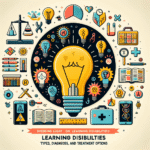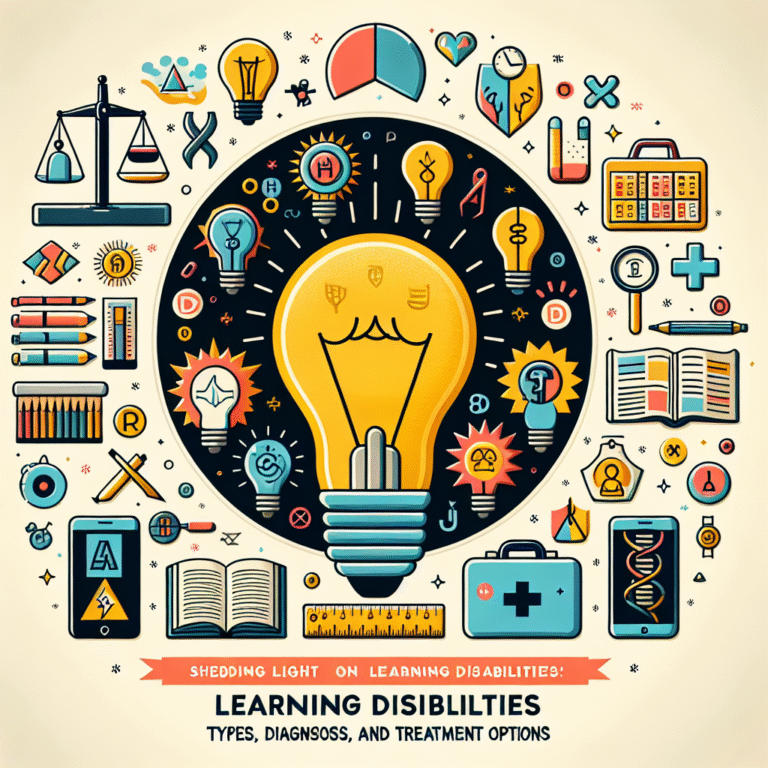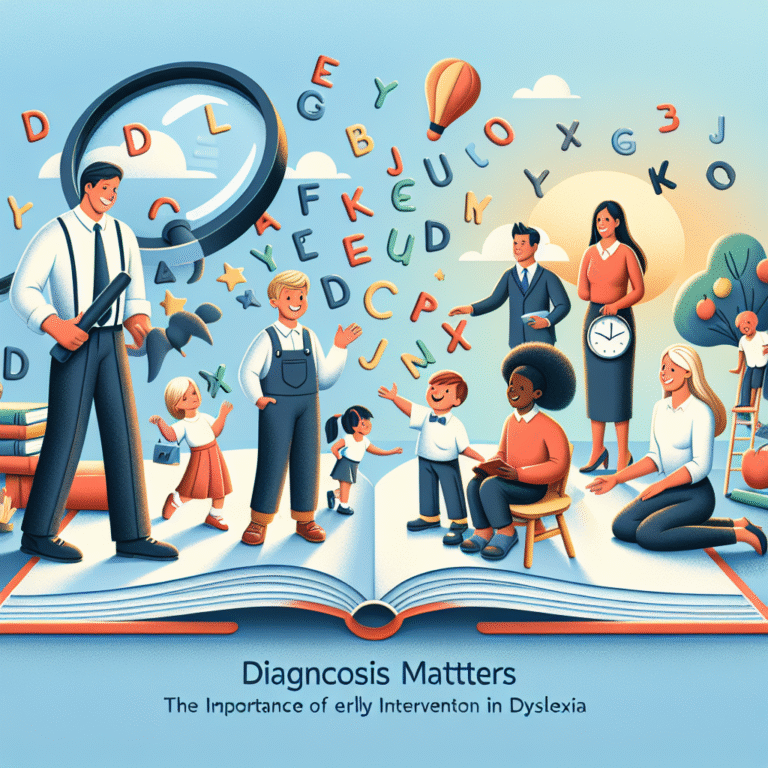
A Different Lens: The Essential Importance of Recognizing Visual Processing Disorders in Education
Introduction
Imagine sitting in a classroom where every minute feels like a battle to see the blackboard clearly. The letters and numbers seem to dance across the page, and no matter how hard you focus, frustration mounts. For many students, this is not merely a momentary challenge but a daily struggle due to visual processing disorders (VPD). In this comprehensive examination, titled A Different Lens: The Importance of Recognizing Visual Processing Disorders in Education, we will explore the vital role educators play in identifying and accommodating these unnoticed difficulties.
Understanding and recognizing visual processing disorders within educational settings is not just beneficial—it’s crucial for student success. In this article, we’ll uncover how acknowledging these disorders changes the narrative for students facing visual processing challenges, paving the way to a more inclusive and supportive environment.
Understanding Visual Processing Disorders
What Are Visual Processing Disorders?
Visual processing disorders affect how the brain interprets visual information. This can impact many aspects of learning, including reading, writing, and understanding spatial relationships. Children with VPD may excel in oral communication but struggle significantly with tasks that require visual understanding, creating an unfair imbalance in their educational journey.
Signs and Symptoms
Students with visual processing disorders may exhibit various signs, including:
- Difficulty tracking words on a page
- Problems with depth perception
- Confusion when distinguishing between similar letters and numbers (e.g., ‘b’ and ‘d’)
- Difficulty remembering sequences of shapes or letters
- Reluctance or frustration toward reading and writing tasks
Recognizing these signs early is critical in fostering an educational environment where all students can thrive.
The Impact of VPD on Academic Achievement
The Academic Performance Gap
Students with visual processing disorders often face significant academic challenges. Research indicates that students with VPD can fall behind their peers in reading fluency and comprehension. For instance, one study that examined scores from standardized tests indicated a noticeable gap between students with VPD and their peers—highlighting the urgent need for recognition and intervention.
Real-World Case Study: Anna’s Journey
Anna, a bright 10-year-old, loved to engage with her teachers and peers, demonstrating exceptional oral language skills. Yet, her written work was riddled with errors, and she struggled to keep her place in her reading assignments. After several meetings with her parents, teachers, and an optometrist, it was determined that Anna had a visual processing disorder. With targeted interventions and accommodations, including guided reading strategies, Anna not only improved her written work but gained confidence in her abilities.
This journey underscores the significance of understanding visual processing disorders in education—recognizing these challenges can transform not only academic outcomes but also self-esteem.
Recognizing Visual Processing Disorders in Education
The Role of Educators
Educators play a pivotal role in identifying students with potential visual processing disorders. By incorporating tools such as observation checklists, informal assessments, and conversations with parents, educators can gather insights into student performance. Furthermore, fostering an inclusive classroom environment involves recognizing and addressing the unique needs of these students.
Strategies for Accommodation
- Multi-Sensory Teaching: Incorporate visual, auditory, and tactile activities to appeal to different learning styles.
- Use of Technology: Employ tools such as text-to-speech software, audiobooks, and visual aids to support learning.
- Seating Arrangements: Careful seating arrangements can help students with VPD see instructional materials more clearly.
- Chunking Information: Breaking down tasks into smaller segments can help manage visual overload.
Case Study: James’s Transformation
James, a 12-year-old student with VPD, struggled in a traditional classroom setting. His teachers established a structured learning plan that utilized multi-sensory methods—incorporating visual aids, interactive lessons, and strategic breaks. This approach not only improved James’s grades but reignited his passion for learning. The transformation showcases the practical impact of recognizing visual processing disorders in education and employing thoughtful accommodations.
Creating an Inclusive Learning Environment
Importance of Awareness and Training
Training educators in recognizing and dealing with visual processing disorders is critical. Professional development should focus on:
- Understanding VPD symptoms
- Learning specific instructional strategies
- Sharing successful interventions and resources
Collaboration with Parents and Specialists
Engaging with parents and visual specialists fosters a supportive community centered on the student’s needs. Open communication can yield valuable insights and enable a well-rounded approach to intervention.
Table: Strategies for Building Awareness
| Strategy | Description |
|---|---|
| Workshops for Educators | Regular professional development sessions on VPD |
| Parent Information Nights | Gathering parents to discuss visual processing issues |
| Resource Sharing | Provide accessible resources for teachers and parents |
Conclusion
As we delve into A Different Lens: The Importance of Recognizing Visual Processing Disorders in Education, it’s clear that awareness and recognition are the keys to creating a more equitable educational landscape. By understanding the unique challenges faced by students with visual processing disorders, educators can impact lives profoundly.
As we move forward, let us commit to making educational environments more inclusive, where every student finds their strengths recognized, their challenges acknowledged, and their capabilities enhanced.
FAQs Section
1. What are some common visual processing disorders?
Common visual processing disorders include visual discrimination difficulties, visual memory challenges, and visual-spatial processing issues.
2. How can I help my child if they exhibit signs of VPD?
Engage with educators to discuss your observations and consider a referral for an evaluation from an eye care specialist.
3. Are visual processing disorders diagnosed through vision tests?
No, traditional vision tests measure sight but do not assess how visual information is processed. Evaluation by a specialist in visual processing is essential.
4. Can visual processing disorders coexist with other learning disabilities?
Yes, many students with visual processing disorders may also have other learning disabilities, such as dyslexia or ADHD.
5. How can classrooms be adapted for students with VPD?
Classrooms can be adapted through multi-sensory teaching, the use of technology, and individualized learning plans that consider students’ unique processing styles.
6. What role does an Individualized Education Program (IEP) play for students with VPD?
An IEP outlines specific accommodations and interventions tailored to the student’s educational needs, ensuring they receive the support necessary to succeed academically.
Recognizing visual processing disorders in the educational realm allows us to view learning through a different lens, unlocking potential and paving the path to success for all learners.









